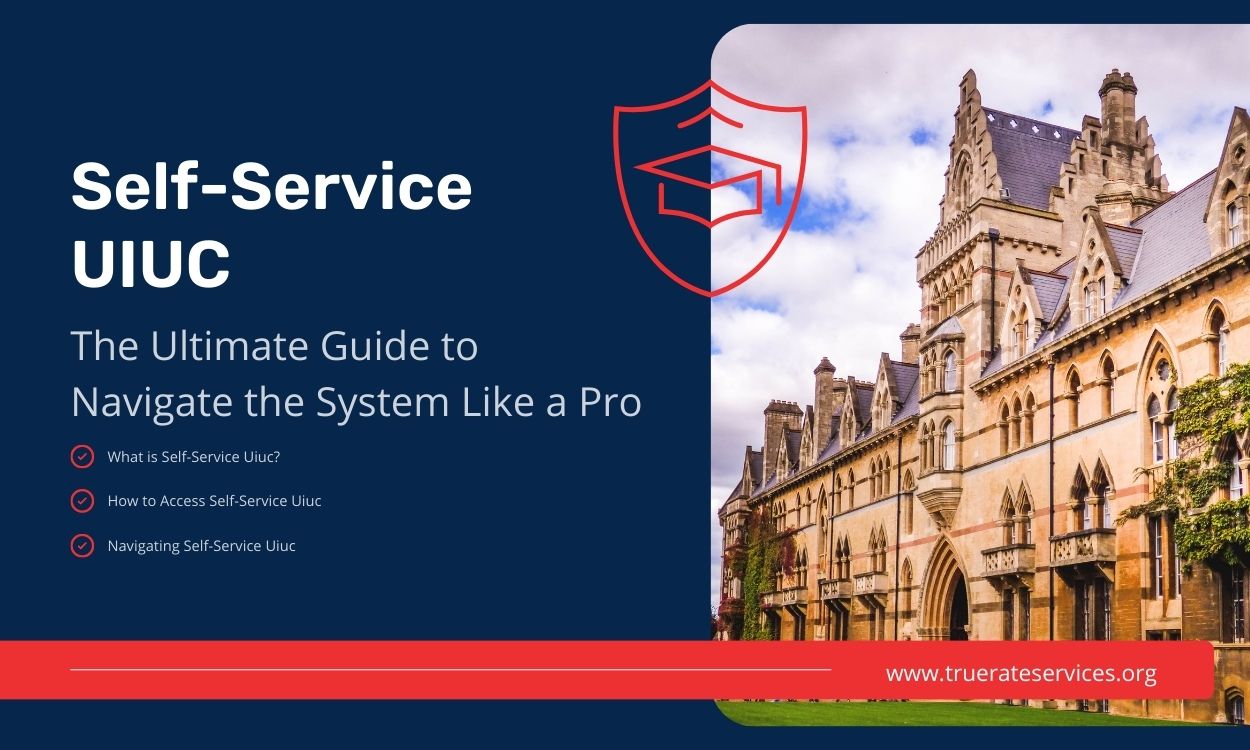It’s the iPhone uiuc self service developer’s worst (and increasingly justified) fear: Spending significant time, money, and resources building an app only to have it rejected, or worse, pulled from the App Store for alleged legal violations. Carefully navigating the legal landscape in which app development operates is therefore essential to launch and maintain a successful Application. Prudence dictates being mindful of the common legal pitfalls to iPhone application development before and during the development process – and not after – when it is oftentimes too late.
By examining the iPhone SDK Agreement, Apple’s End User License Agreement, and federal copyright and trademark registration, this article provides an introductory overview of the common legal issues surrounding iPhone Application development, and the measures developers can adopt to minimize liability and maximize protection of their intellectual property rights.
Privacy laws: Developers are required to comply with all state, federal, and international privacy laws regarding user data collection, and picture or voice capture. Accordingly, personal information collected from a user may not be disseminated without the user’s consent; the unauthorized use of a user’s name or likeness for gain is prohibited; and a user’s voice may not be recorded absent a conspicuously displayed notice indicating that a recording is taking place.
Copyrights in music and content: Any music incorporated into your Application must be wholly owned by you or licensed to you on a fully “paid-up” basis. (Such a license should provide that the one-time, lump-sum payment is final, and that you are released from any and all further payment obligations to the Licensor, no matter how successful the Application becomes.) Further, any and all content in your Application must be owned by you, or be used by you with the owner’s permission. If you are using content other than music by virtue of a license, the license should state the royalty terms, if any, resulting from any and all sales of your Application.
Objectionable content and materials: Applications may not contain any obscene, pornographic, offensive, or defamatory content, or other content that Apple deems objectionable. What is “objectionable” is a matter of Apple’s reasonable discretion; legal challenges to a rejection of your Application on this basis will prove difficult. Free and open source software: Applications that include Free and Open Source Software (FOSS) must comply with all applicable FOSS licensing terms. The SDK Agreement also requires (perhaps superfluously) that your use of FOSS may not in any way infect the SDK itself.
Due to its “viral” nature, you need to be careful when using open source code that is subject to a restrictive open source license if you want to safely incorporate it into your proprietary software. For instance, the terms of the GNU General Public License (GPL) require that any derivative work that incorporates GPL code must itself be subject to the GPL, thereby rendering the resulting software “open” and the source code publicly available. Not only will any trade secrets contained in any code carrying a GPL license be forcibly disclosed, others may freely copy and distribute your source code, give it away for free, or even create a competing product using your own code. The viral nature of restrictive open source licenses can have a devastating impact on your company’s intellectual property assets.
Disclaimer of warranty: This provision states that the Application is being provided “as-is,” without any express or implied warranties regarding the Application’s quality, performance, effectiveness or reliability. In those jurisdictions where disclaimers of warranty are enforceable, such a provision protects the Licensor from potential legal claims arising from the use of the Application, as the Licensor makes no promises of any kind.
Limitation of liability: This provision protects the Licensor from liability for personal injury, loss of profits, loss of data, or other direct and indirect damages arising from the use of, or the inability to use, the Application. This provision additionally places an upper dollar limit on the total damages for which the Licensor may be liable, excluding damages for personal injury in those states where such a limitation would be unenforceable.

